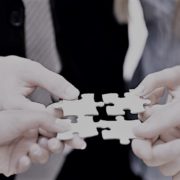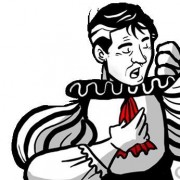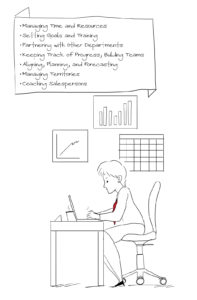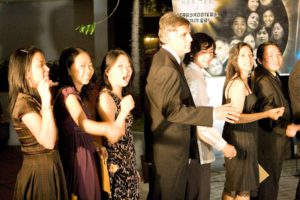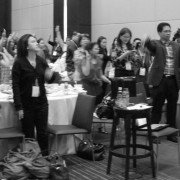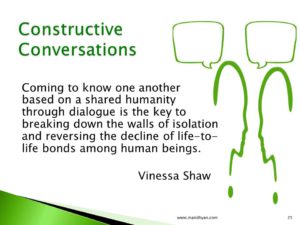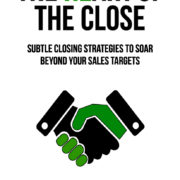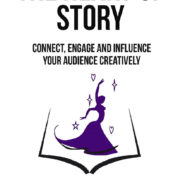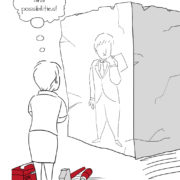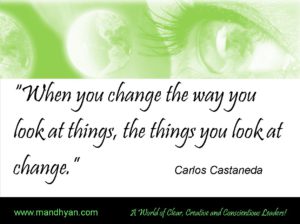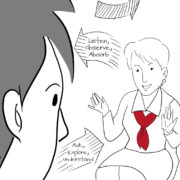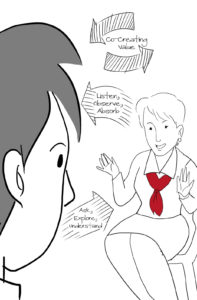Creating Collaborative Learning
“Learning to learn is the most important ability one must acquire to succeed and excel at anything,” said Noel Mendoza on ExPat InSights, then a Director of Application Services at Hewlett Packard, in response to my question of what got him to where he was today.
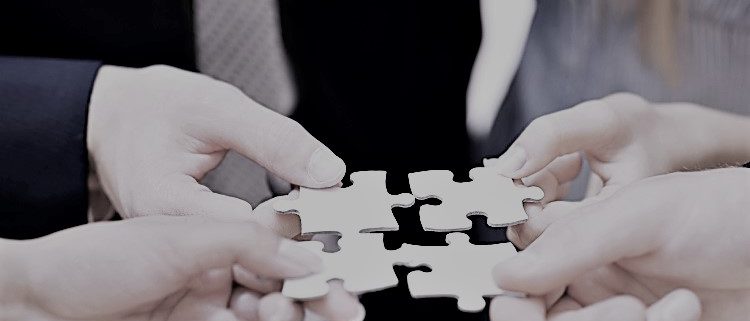
Creating Collaborative Learning by Raju Mandhyan
This was something that had been impressed upon him by his father who had, for years, been a professor at the Asian Institute of Management in the Philippines.
The statement made a home run with me and brought to assimilation everything about learning and facilitating that I’d been thinking of.
Today, to me, learning is more than just accumulation of data, know-how or mastering a set of skills. Learning is becoming open and accepting to a multitude of things and a diversity of perspectives.
In class and across all developmental conversations it becomes our moral obligation to create an access and an environment for our clients to acquire such learning abilities.
Of the many steps, we as learning and process facilitators must take “creating collaboration” to learn and develop among our audience and stakeholders is the first step.
What is collaborative learning?
It is the state and the atmosphere where many dialogue, share, challenge, resolve and, often, come to a consensus about a subject at hand and own the outcome individually and collectively.
There are many ways to create this state and atmosphere and here are just five tiny steps:
- Set steady and, yet, soft objectives: This means have goals but be open to serendipitous outcomes.
- Build trusting and open communications: This is best done by being a laughing, talking role model yourself first and then acknowledging and appreciating candidness of others.
- Take on real life challenges: In the book, The Power of MindFul Learning, author Ellen J. Langer claims there is no better classroom than the classroom of life. A facilitator’s task is lead the class out, spiritually, onto the streets on Monday morning and just help capture the learning.
- Flex and dance: No single approach or technique will work. What will work powerfully are good and right intentions towards the client and the facilitator’s ability to flex and dance towards shared the steady and soft objectives.
- Seal the deal: No, not really needed if the whole process has been deep and invigorating enough. Yet, allowing for mental atrophy, it is prudent to capture the outcomes, colorfully and visually, on paper. Oh, okay iPad!
These tips are just a preview into the vast field of Process Facilitation and Learning Facilitation. Come October 17, 2017, consultant and trainer Beth Hoban of the International Association of Facilitators, Philippines will run a half-day session on Creating Collaborative Client Relationships.
Please do come and learn to flex and dance towards better learner-client relationships.
https://www.youtube.com/user/ExpatInsights
https://www.youtube.com/watch?v=jC750ZBn_vQ

